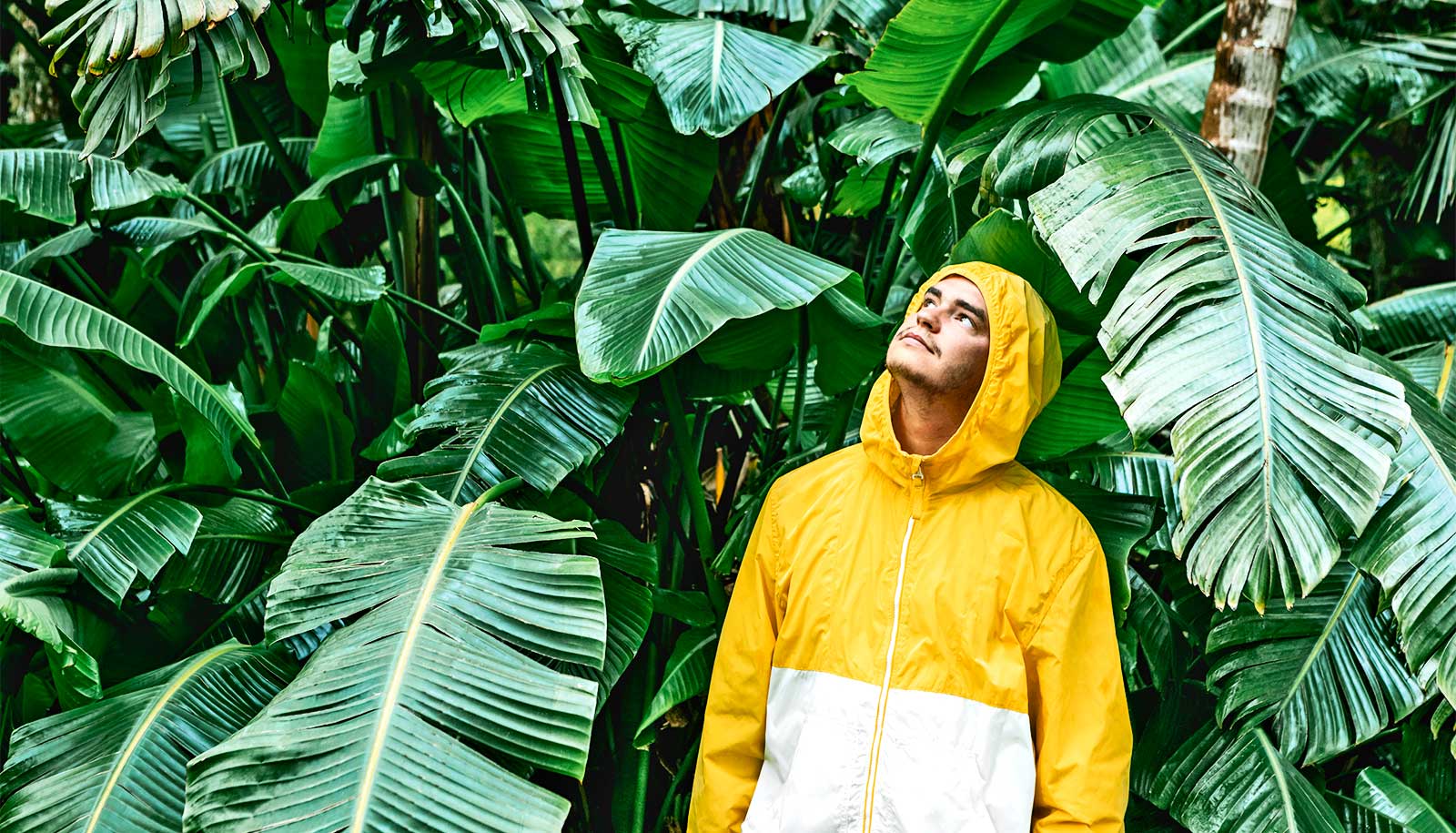Immersing oneself in nature offers health benefits to adults and children alike. Experts have tips for you on how to get started.
More than a thousand studies (and growing) show that time spent in nature can have a reset effect, washing away the anxieties and stresses of everyday life.
A 2019 study published in Current Directions in Psychological Science, for instance, found that exposure to natural environments improves memory, cognitive flexibility, and attentional control, while a 2022 study published in Cities & Health found that walking in an urban park can improve mood.
There’s even a name for time intentionally spent in nature—forest bathing.
“Forest bathing has been shown to benefit the nervous system, heart rate, and blood pressure, and those things touch a lot of other medical issues,” says Rosanne Sheinberg, a cardiothoracic anesthesiologist who has prescribed time in nature to her patients. “Our mental health affects every aspect of our life and immune system.”
What is forest bathing?
Rooted in Japanese culture, where it’s called shinrin-yoku, forest bathing refers to taking in the forest atmosphere. The focus is not on exercise but rather on connecting with nature through the senses. Instead of setting out on a trail run, it’s walking slowly, taking in your surroundings, breathing in the dewy air. Can you smell the pine trees? Hear the leaves rustling in the wind and the birds chirping overhead? What does it feel like to touch the bark or a mushroom growing on a tree?
In 1982, Japan launched a national program to encourage forest bathing as a way to reduce burnout and promote a connection with nature. In recent years, the practice has exploded in popularity throughout the world.
What are the benefits?
Japan launched the Japanese Society for Forest Medicine in 2004 to study the health benefits of spending time with trees. To date, research from Japan and elsewhere has shown a reduction in anxiety, depression, stress, anger, and even sleeplessness. According to a 2009 Japanese study, walking in a forest lowered blood pressure, cortisol levels, pulse rates, and sympathetic nervous system activity, and increased parasympathetic nervous system activity (related to relaxation).
A 2017 study in Nature found that trees can affect the very integrity of the brain’s amygdala, which helps the brain better handle stressors. Another 2018 study found that spending 15 minutes walking in a forest was associated with lowered anxiety levels, while a 2019 study published in Nature found that spending 120 minutes a week immersed in nature was associated with better health and well-being.
There is less research on forest bathing’s impact on kids, specifically, but one small study published by Tech Science in 2023 found that children with mental and co-occurring behavioral health issues experienced decreased depression, anger-hostility, fatigue, and confusion after participating in a structured forest bathing program.
Still, plenty of research points to the benefits of kids spending time spent in nature, and doctors like Leela Magavi, a Johns Hopkins-trained psychiatrist who works with pediatric and adult patients at Mindpath Health, believes forest bathing is appropriate for children, as nature can improve not only their physical and mental health but positively impact their comprehensive well-being.
“Time spent in nature and away from screens can reset children’s circadian rhythms and allow them to sleep better,” she says.
“Spending time in nature with a caregiver or friends could foster neuronal connectivity and improve cognition, productivity, and academic performance,” Magavi adds. “Children can practice mindfulness while in nature, improving the quality of time spent with caregivers and bolstering their bonds and positive memories with these individuals.”
There is no one-size-fits-all guide to forest bathing, especially when done with young people. Sheinberg says there is no research on the optimal amount of time to spend wandering among the trees, and that even if you don’t have access to a forest, something as simple as taking a walk around the block while paying attention to trees and grass can be beneficial. The benefits are accessible to almost everyone, as it doesn’t require expensive gear and the point is not to cover a lot of ground but to be present and mindful.
“It’s so easy to cut off our connection to nature that you don’t even recognize you missed it,” Sheinberg says. “Humans evolved living in nature; we’re pre-programmed to relax in it.”
4 forest bathing tips
To try forest bathing, you just have to start. Here are some tips.
- First, it does help if you leave the phone behind or at least turn it off. “Turn the screen off,” Sheinberg says. “You can have your phone, but make sure it’s not distracting you.”
- Find a spot close to home—a forest or nature preserve, if you can, but a neighborhood with trees will also suffice.
- Walk slowly. Lose the stroller if your child is walking age, and amble together through the forest or the neighborhood. “Follow your child’s lead and pay attention to the things that they pay attention to,” suggests Jessica Sproat, a mom who enjoys forest bathing with her 6-year-old. “It’s kind of magical what we, as adults, miss out on because we tend to move a little faster.”
- Enjoy the world around you. Ask your child what the air smells like, what they hear, and how the ground feels under their feet.
Source: Johns Hopkins University





















Discussion about this post